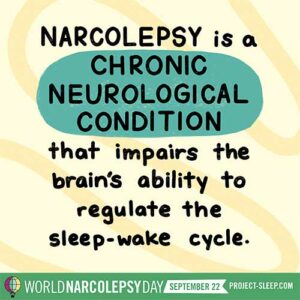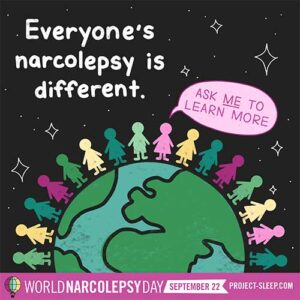
Hannah Brown’s New Book
Hannah Brown starred on season 15 of ABC’s hit reality series The Bachelorette, after being on season 23 of The Bachelor (Colton Underwood’s season). Following The Bachelorette, Hannah won season 28 of Dancing with the Stars in 2019. She is originally from Tuscaloosa, Alabama and now lives in Los Angeles, California.
God Bless This Mess hit bookshelves on November 23, 2021, offering Hannah a platform to tell her story on her own terms. In addition to behind-the-scenes stories from her days on The Bachelor, The Bachelorette, and Dancing with the Stars, Hannah shares about a formative family tragedy from her childhood – the violent murders of her aunt and two young cousins.
 Hannah Brown’s Terrifying Dreams
Hannah Brown’s Terrifying Dreams
Hannah speaks about the impacts this terrible family tragedy had on her life and, within this context, describes having “terrifying dreams” almost every night. She writes:
I started waking up in the middle of the night in a cold sweat, believing fully that someone was at the door to hurt us. I wasn’t scared of monsters under my bed; I was scared of someone being in my closet, sneaking into my window, breaking through our front door to kill my family. Not a monster. A man.”
—Hannah Brown, God Bless This Mess
Hannah’s description will likely resonate with many people with narcolepsy, as feelings of intruders and attackers coming into one’s sleeping space are common experiences for those living with narcolepsy. These are known as hypnagogic hallucinations and sleep paralysis.
What are hypnagogic hallucinations and sleep paralysis?
- Hypnagogic and hypnopompic hallucinations: Visual, auditory, or tactile hallucinations upon falling asleep or waking up. These can be frightening and confusing.
- Sleep paralysis: The inability to move for a few seconds or minutes upon falling asleep or waking up. It is often accompanied by hypnagogic or hypnopompic hallucinations.
Many people with narcolepsy describe waking up to feel a presence, a shadowy figure, attacker, or burglar in the room or home. Learn more about these “night visitors” in the video below and here.

 Hannah Brown’s Terrifying Dreams
Hannah Brown’s Terrifying Dreams

 Stories Matter
Stories Matter



